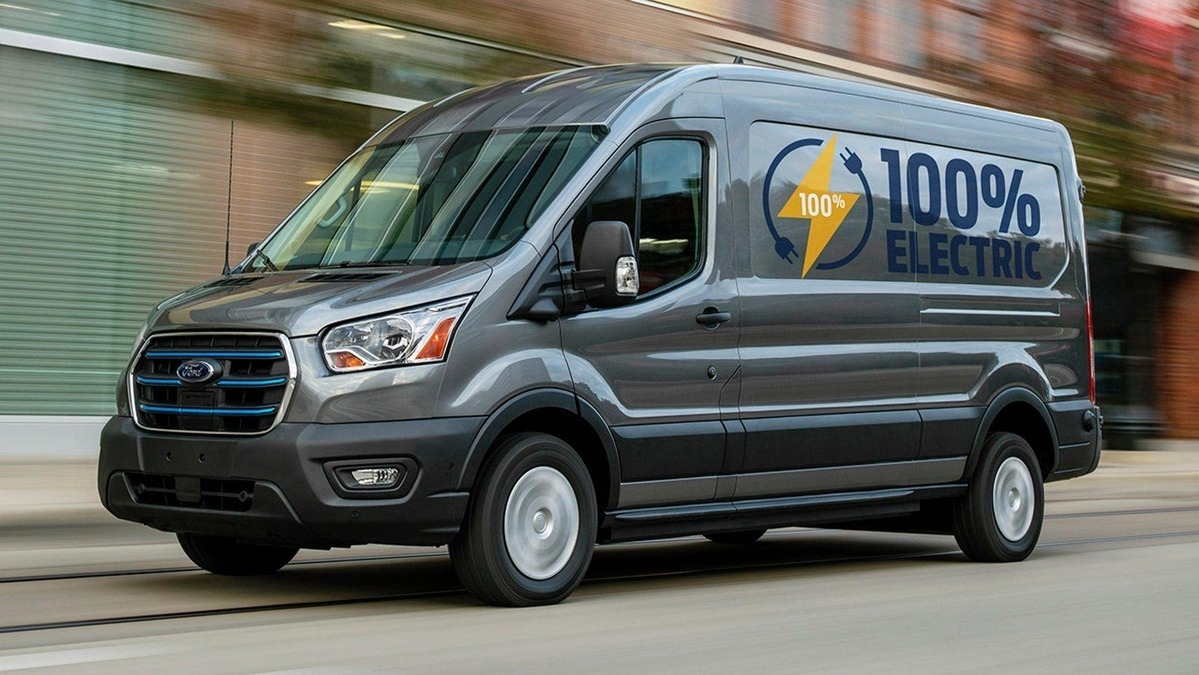Ford E-Transit Review: A Comprehensive Look at Ford's Electric Workhorse
Overview
The Ford E-Transit represents Ford's first all-electric commercial van, aiming to electrify the work vehicle segment. Building upon the popular Transit platform, the E-Transit offers businesses a zero-emission solution without compromising on the practicality and versatility expected from a work van. This review will cover its features, specifications, and overall suitability for commercial applications.
Key Features & Specifications
Powertrain & Range:
- Battery Options: Available with 67 kWh (usable) and 89 kWh (usable) high-voltage batteries.
- Range: EPA-estimated range varies significantly based on configuration, but ranges from 126 miles to 269 miles. Lower ranges are associated with heavier configurations (max payload/towing) and more frequent use of features like Pro Power Onboard.
- Motor: Single electric motor delivering 266 hp and 317 lb-ft of torque.
- Drivetrain: Rear-wheel drive standard, all-wheel drive available on certain configurations.
- Charging: Supports DC fast charging (up to 115 kW) and Level 2 AC charging. DC fast charging can add approximately 61 miles of range in about 30 minutes. Level 2 charging takes significantly longer, typically overnight.
- Pro Power Onboard: Offers up to 2.4 kW of power via outlets in the cabin and cargo area, allowing for powering tools and equipment on job sites.


